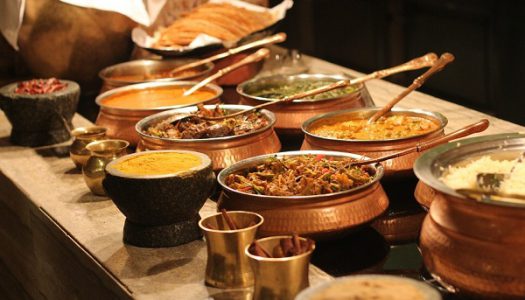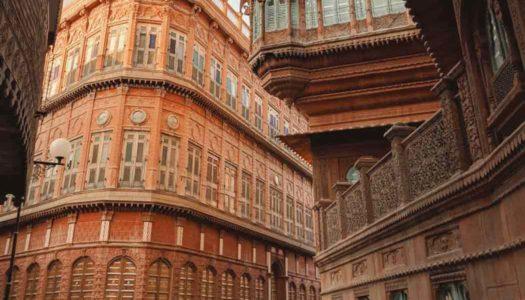Are you intrigued by Bollywood movies and what goes behind the camera? If yes, here’s an amazing opportunity to explore the world of films and its history at the National Museum of Indian Cinema. Nestled in the heart of Mumbai, this museum is far beyond just exhibits and artefacts. It is more like stepping into the era of films and understanding the beautiful creations even before India got Independence.
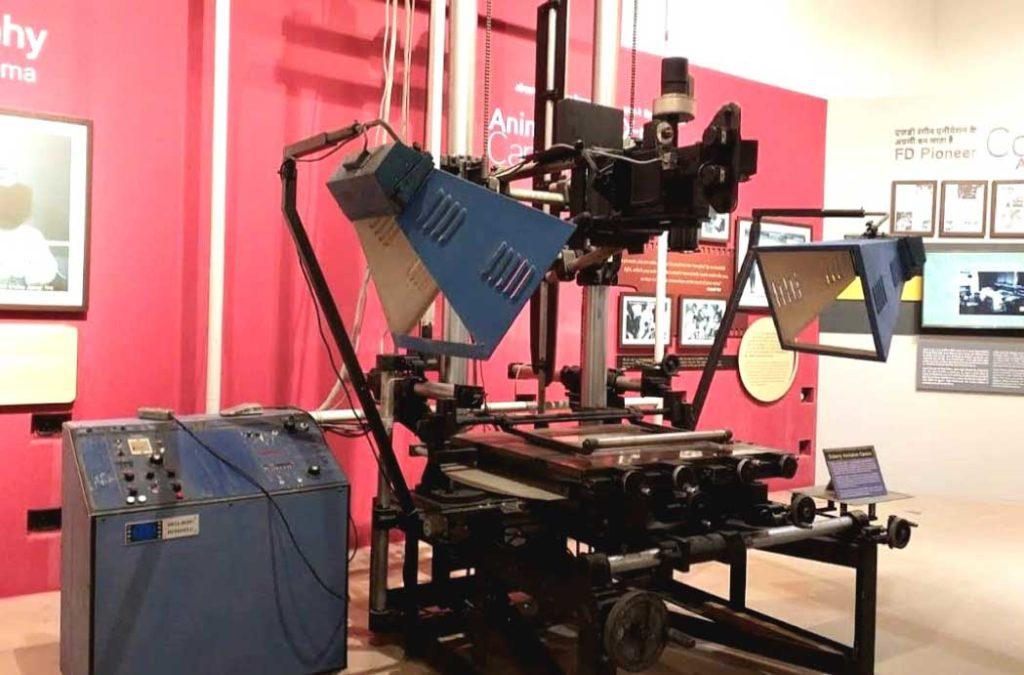
The National Museum of Indian Cinema is a recent development in the country and should definitely be on your list. You can also find various Treebo hotels near this place and enjoy a comfortable stay. As you explore the technicalities of cameras, the history of Indian Cinema and the impact of partition, all you take home are the memories of something so extraordinary in Mumbai. However, it can be tiring to explore the place without a handy guide. So, check out this guide and know it all before you go here!
Location
Gulshan Mahal, 24, Pedder Rd, Cumballa Hill, Mumbai, Maharashtra 400026
Days and Timings
The National Museum of Indian Cinema is open from Tuesday to Sunday. It remains closed on Monday.
It opens at 11:00 AM and closes by 6:00 PM. Phase I closes first hence, you should start your journey from the Gulshan Mahal.
Entry Fee
INR 75 Per Person (Children above 14 years and Adults)
INR 40 Per Person (Children)
INR 500 Per Person (Foreign Adults)
INR 250 Per Person (Foreign Children)
History of National Museum of Indian Cinema
The National Museum of Indian Cinema is built inside the Gulshan Mahal giving this museum all the architectural glory. Built by Peerbhoy Khalakdina, this place has been the residence for many generations. Later, it became an evacuee property which was then used for film shooting too. Currently, Gulshan Mahal is accompanied by another tall glass building which is also a part of the museum.
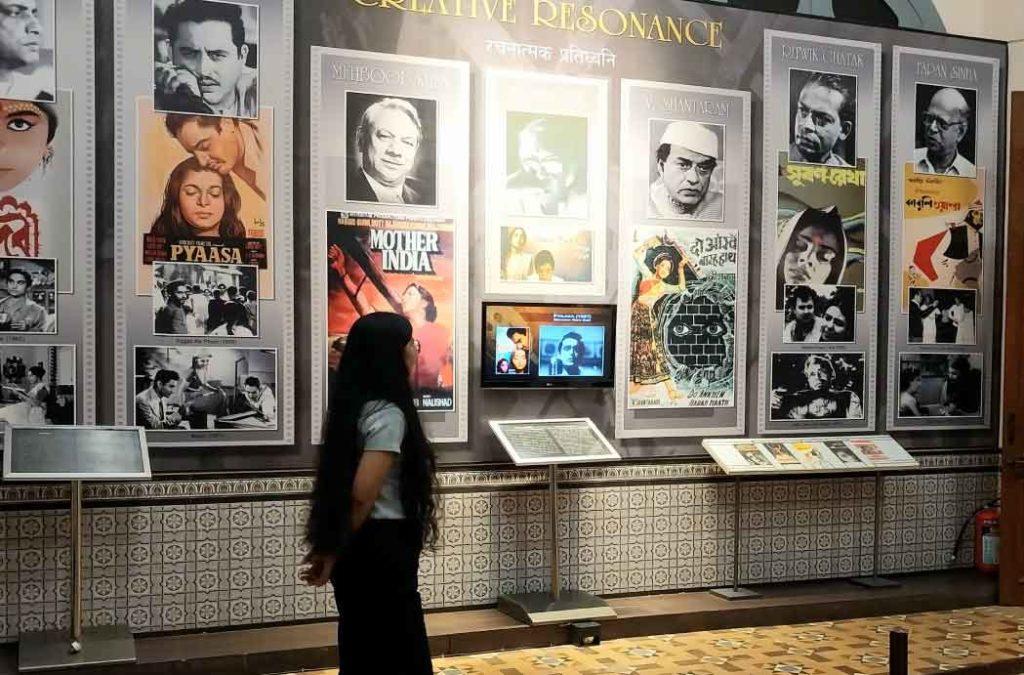
Gulshan Mahal is known as Phase I while the New Glass Building is known as Phase II. Both phases of the museum are filled with interactive digital screens, kiosks and various equipment. It is important to note that you must take all care while exploring the museum and not damage the property. So, let’s get going and explore the details of both!
Phase I
Phase I is all about the history of Indian Cinema and no other place than this museum to know all about it. The best part is that the museum is ideal for all age groups with many interactive exhibits too. Right from the dashing interiors, spacious rooms and elaborate display of information, promotional leaflets, and digital magazines, Gulshan Mahal transports you to the early era of films in the 70s and 80s. Phase I consists of 8 different halls spread across 2 floors.
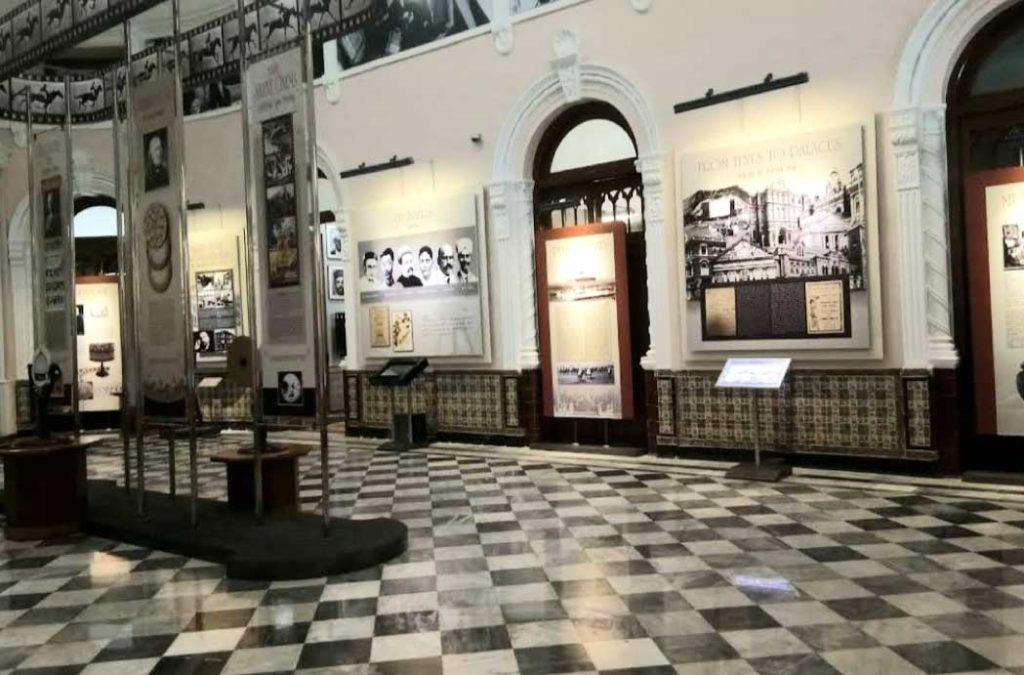
In the current times, a phone of yours can capture something that is miles away. But, that was probably not the case when films started in India. Phase I introduces you to ancient technologies and instruments including the Praxinoscope, Thaumatrope, Phenakistoscope and Mutoscope. In fact, you can easily move the praxinoscope and watch how images turn into a short version of a moving image. That’s how the journey of Phase I begins as this very first hall is all about the early inventions. You can also learn details about the Indian tradition of visual storytelling, Magic Lantern and the era of celluloid films.
VISIT A MUSEUM IN MUMBAI AND TAKE A DIP IN THE HISTORY TO KNOW YOUR ROOTS
As you move ahead, you get an opportunity to explore the features of Silent Cinema. Isn’t it interesting to know that movies were made without any voice? It was all just art put into acting which people understood back then. This hall introduces you to the significant actors and actresses of the Silent Film Era. Additionally, there are various mini-viewing screens where you can select the film, hear the soundtracks and watch it. Now that does sound fun!
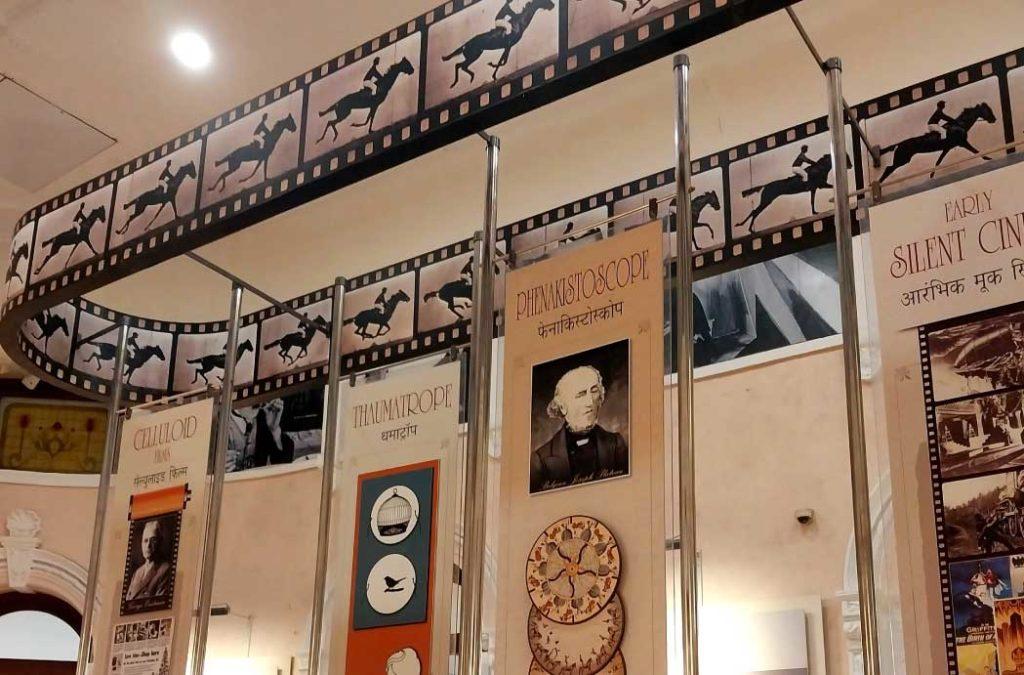
Films just progressed from Silent to the Sound Era and everything can be viewed in the next hall. Information is well represented with the use of pictures, informative articles and hand-painted posters. Famous actors and actresses are given their appreciation and respect right in this museum. It also takes you through various gadgets and equipment used in the Sound Studio Era.
Another interesting hall here is dedicated to understanding the history of Indian Cinema and how partition impacted it. Newspapers of 15th August 1947 can be spotted here. It truly instils a sense of pride yet empathy for freedom fighters who lost their lives during the struggle.
Moving ahead, the end of the first floor happens with the chronological display of films starting from the 70s. Various movie posters are displayed in a walk-through gallery offering an amazing glance at history. Just like a book, you can flip through the huge slides displaying movie posters in an attractive way.
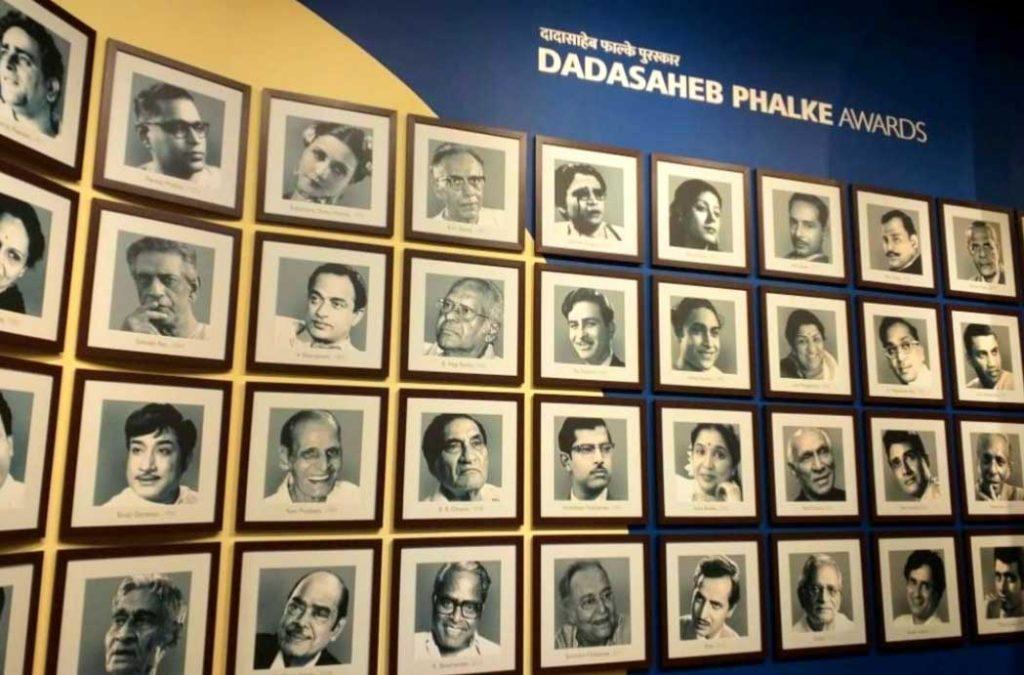
This floor of the museum consists of age-old cameras, technology used for sound, and shadow creation, renowned names of the film industry, various black and white reels and so much more. It truly has the capacity to take you to an era of films you actually haven’t been to!
A Sneak Peek into 4 Mumbai Weekend Getaways for a Dose of Adventure
As you move to the next floor, you can again walk through different halls with huge images and information displayed alongside. It is the essence of the presentation of facts and figures that makes it super interesting to read. Even this floor has many mini-screens showcasing films. You can find information about unique equipment and how they have evolved over the years.
Phase II
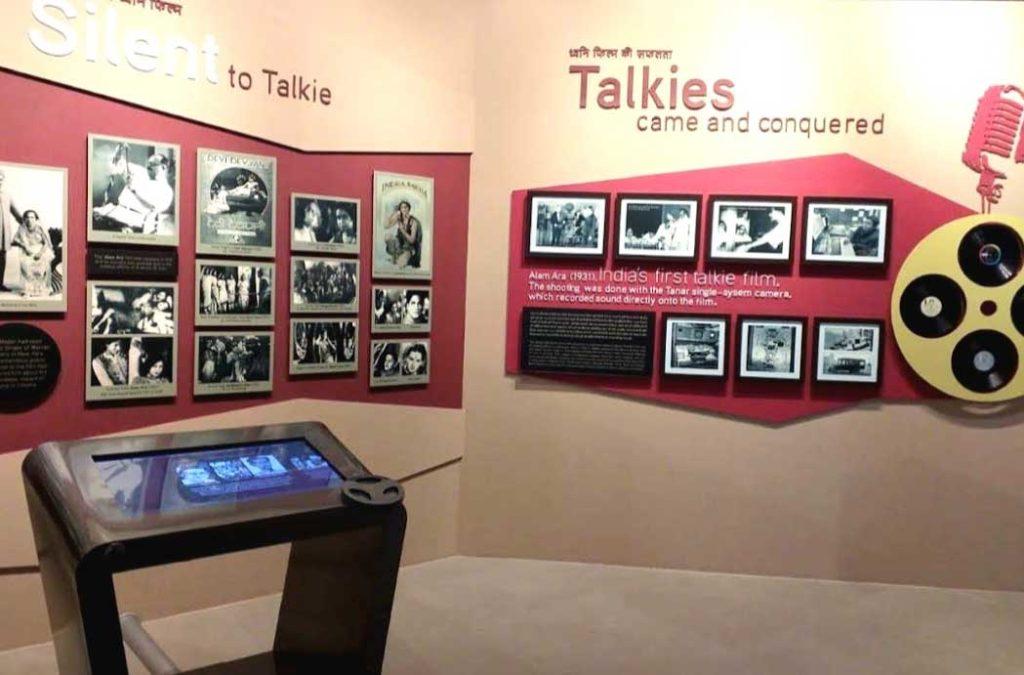
Phase II is yet another exciting building displaying the beauty of the National Museum of Indian Cinema. It is divided into 4 floors and features a stunning glass building. Oh no, you do not have to climb traditional stairs. The building is super accessible via lifts or escalators. Additionally, it also has clean washroom facilities and drinking water dispensers making it super convenient for you. This phase is divided into 4 different halls on each floor and we’ll be exploring them all!
Gandhi and Cinema Hall
Mahatma Gandhi did have a strong impact on filmmaking as many films have been made on the freedom struggle, partition and Gandhi’s role in it. This hall elaborately takes you to the contributions made by Mahatma Gandhi and how films are inspired by him. It also has a huge statue of him where visitors love to take pictures. It also has the famous charkha and other digital equipment to view movies.
Children’s Film Studio and Technology
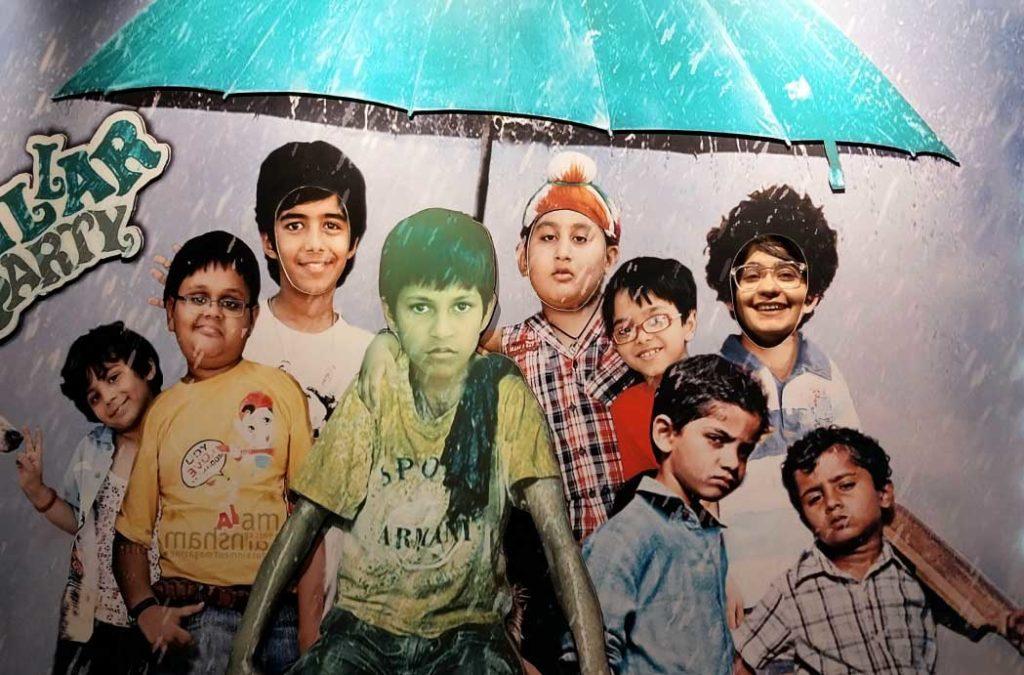
People from all over the city visit the National Museum of Indian Cinema specifically for the lovely exhibition hall made for children. It is so much beyond just films. It really helps you delve into the making of films, sound manipulation systems, background changes, studio feels and various other elements.
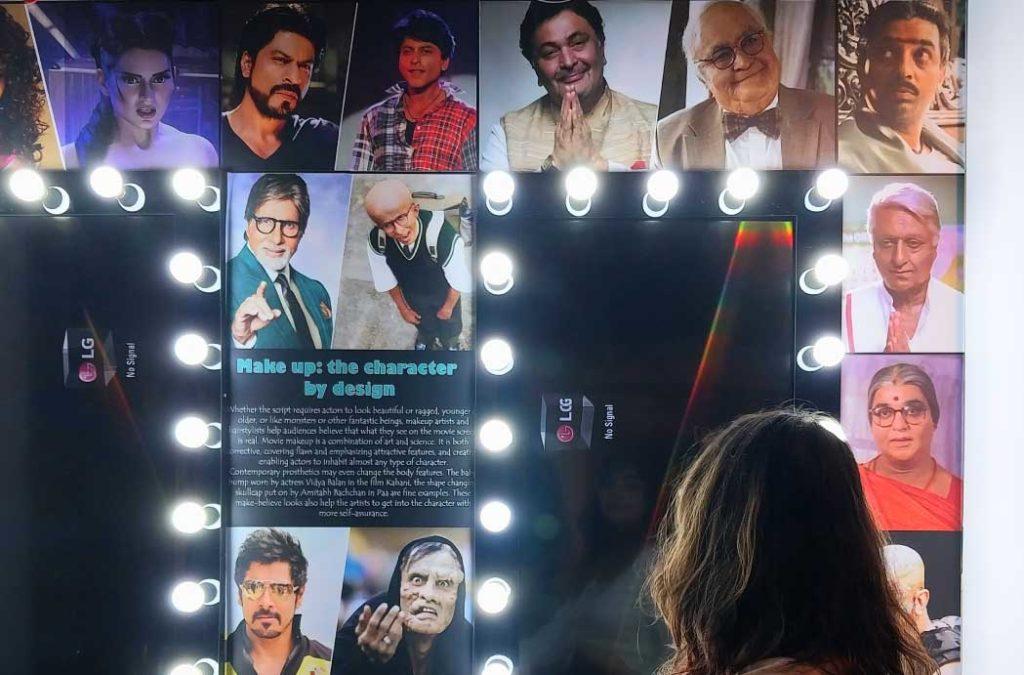
Firstly, this hall has many chairs dedicated to the director, editor and producer. Children as well as adults can sit and click some fun pictures here. Secondly, this hall is home to chroma, a technology that helps change the background in films. You are certain to have fun selecting the ideal background images and clicking pictures.
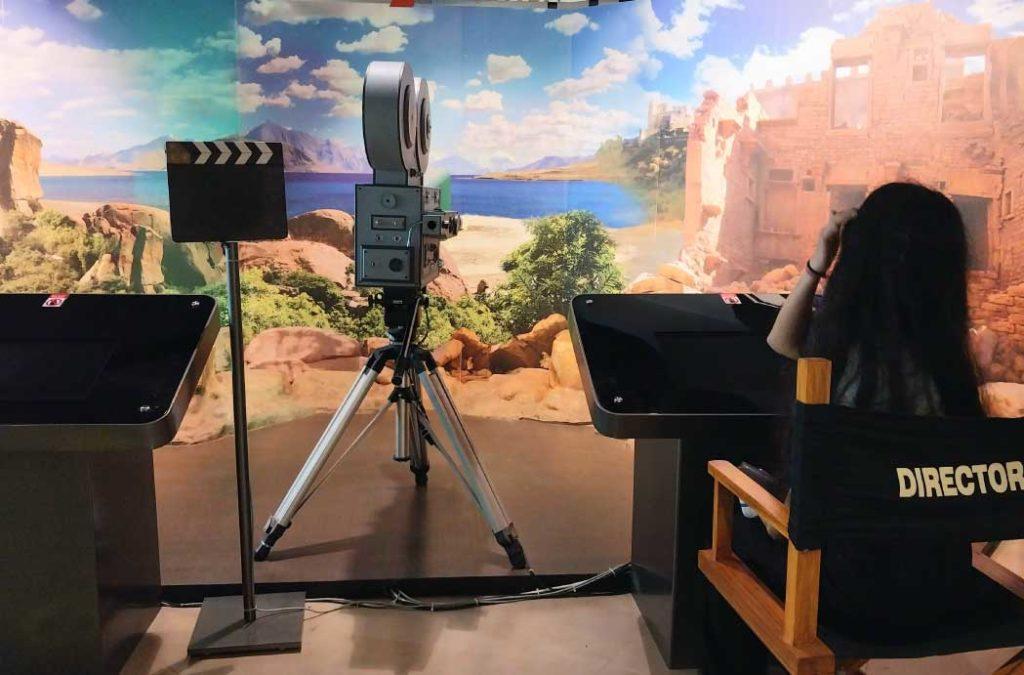
The inclusion of such technologies offers a real-world experience of how films work. Here, you get a glimpse of actual filmmaking, techniques, equipment and much more. It also has interactive devices for children to play video games and learn about filmmaking.
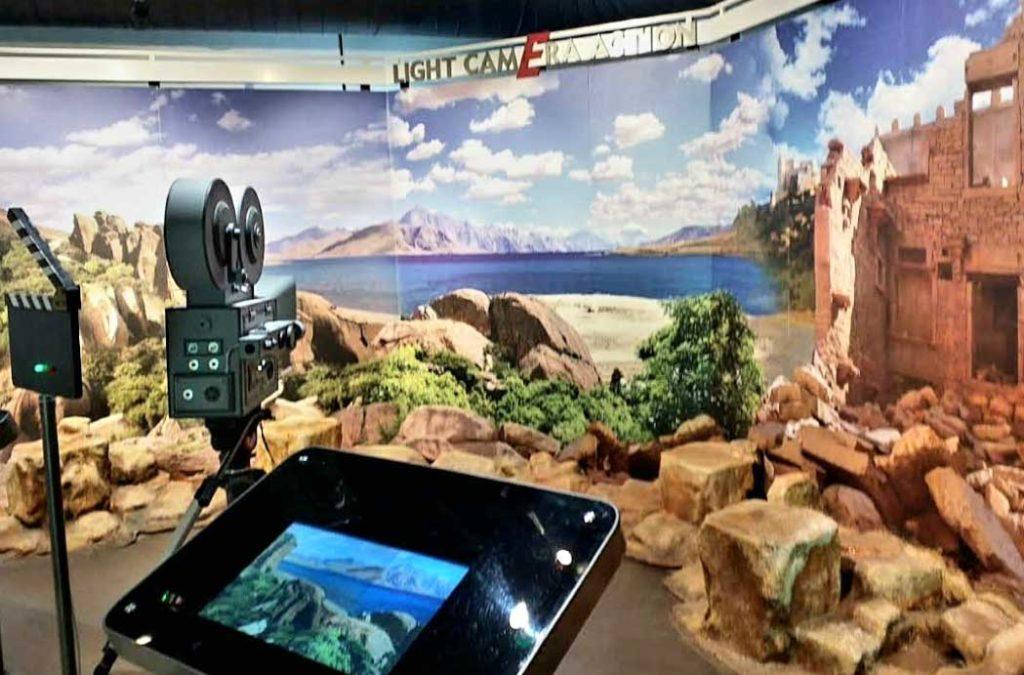
Moving ahead, the hall also offers a stunning backdrop with a variety of settings, including a fort and a beach. People enjoy photographing their favourite memories on their phones on the rock-shaped seats that elevate the area. Virtual makeover mirrors, enormous posters, light mixing rooms, and cameras are a few more intriguing elements.
In Just 4 Days, You Can Check on the Spectacular Places to Visit in Mumbai
Technology and Creativity
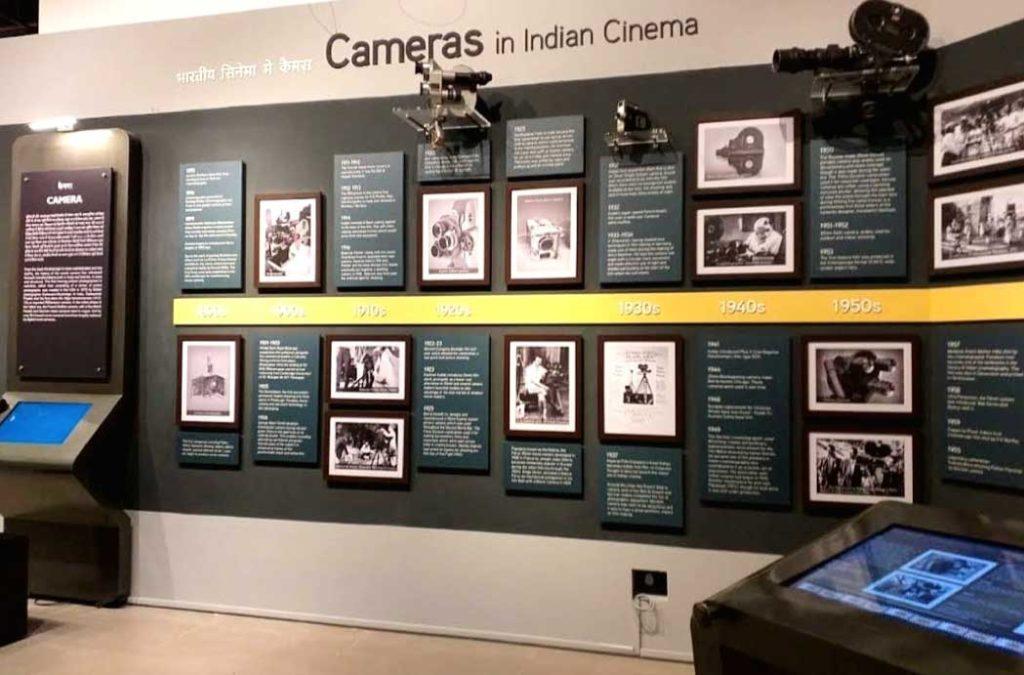
Here you go! The next floor has all the exciting cameras and lenses that let you immerse yourself in the world of art and invention. It takes you through a mesmerizing journey of inventions and innovations in the film industry. Right from the swanky cameras and the advent of sound and colour, this hall has everything for photography as well as film enthusiasts.
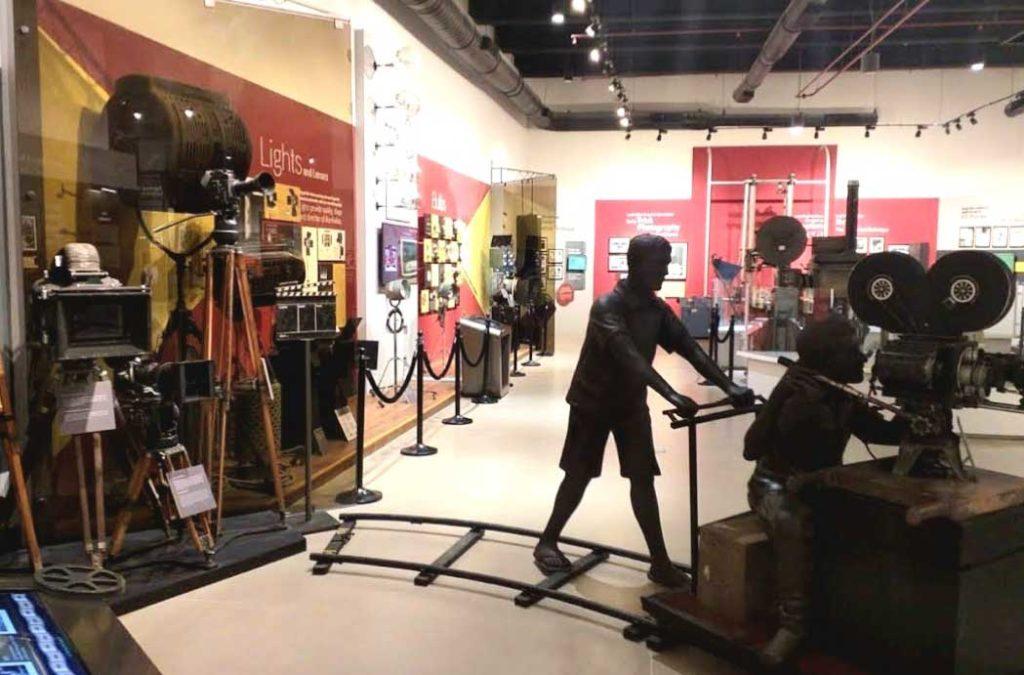
This hall also has many digital screens where you can learn about a movie, its creation or its history. The displays are so huge here that they let you soak in the feeling of standing right next to something so precious. Computer systems, sound recording machines, film printers and other important tools are used for filming and editing.
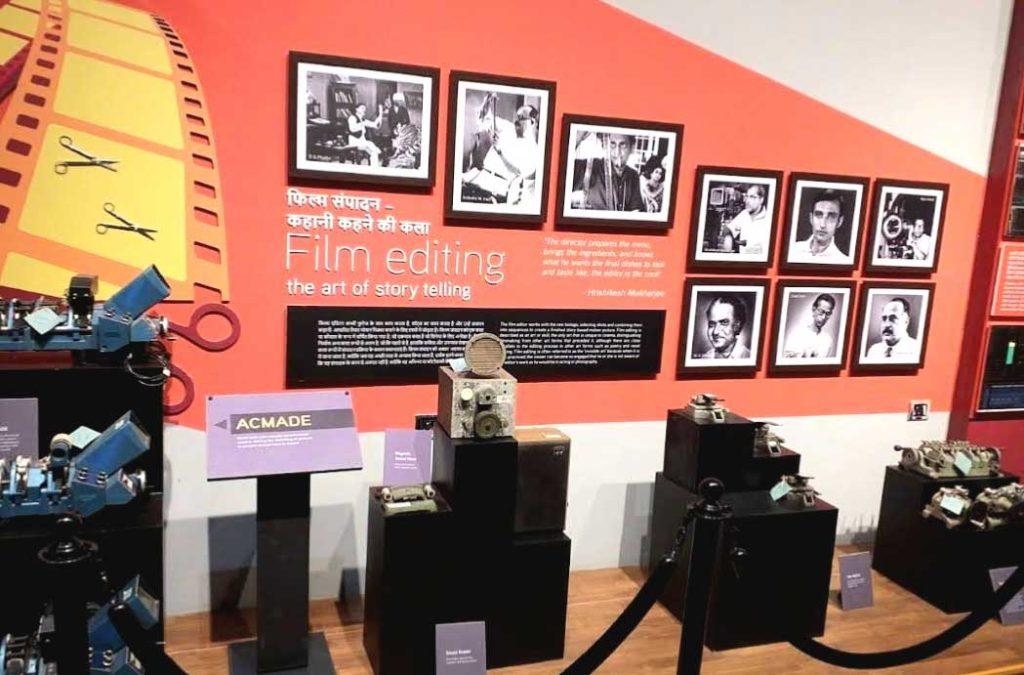
Moreover, the chronological posters of the film industry articulately display how movies moved forward from the silent era to colour and sound. Also, it has a huge screen running movies where you can simply sit and watch the black-and-white art of the bygone eras.
Cinema Across India
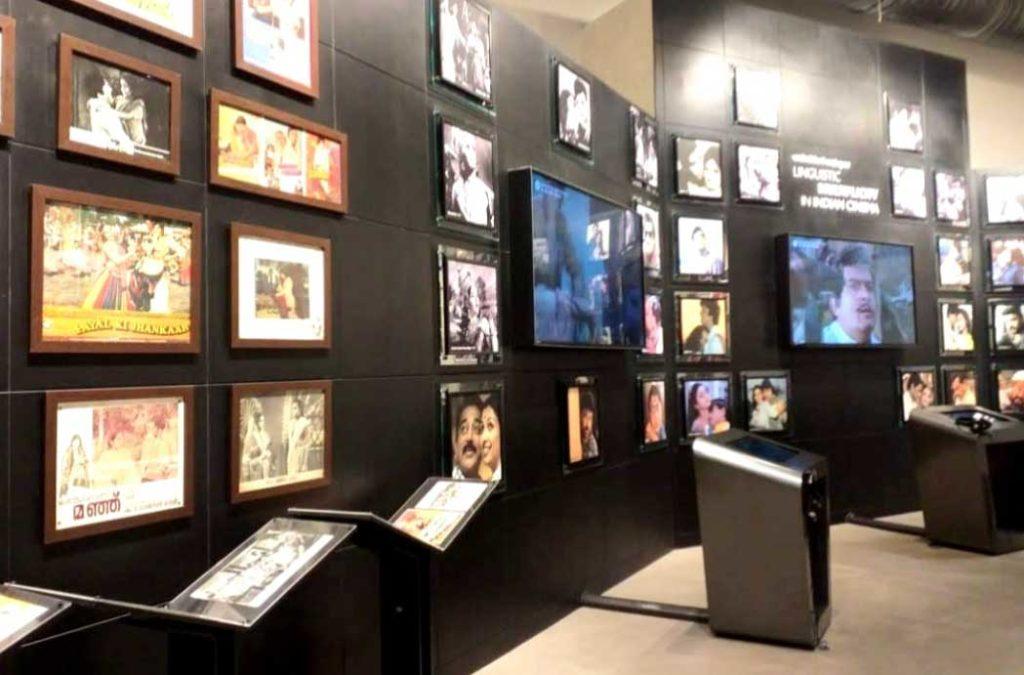
The topmost floor is dedicated to understanding the influence of Cinema and renowned personalities in the film industry. The National Museum of Indian Cinema is a thoughtful creation as it takes you through an unimaginable journey of filmmaking. Here, you can learn about the studios in different cities and the contributions of foreign heroines.
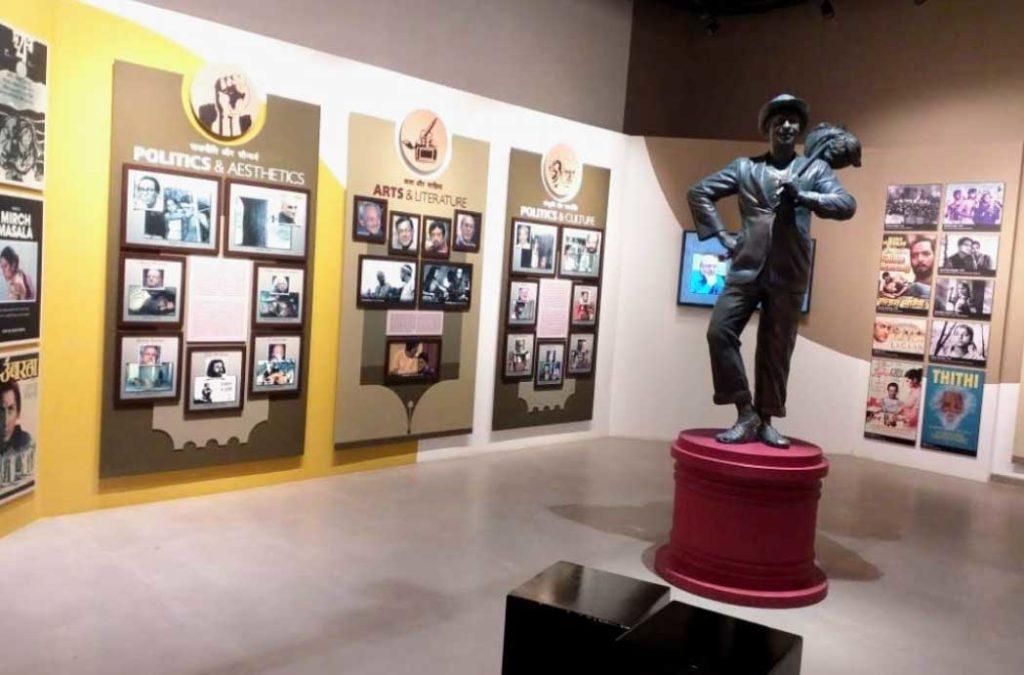
The hall elevates your journey as you get to learn about the impact of makeup and costumes in the film industry. It also honours the notable writers, actors, singers, choreographers and dancers who have played a significant role in the success of films. Right from the advent of awards, and the influence of movies, art, politics and film institutes, this hall certainly captures the essence of what we today know as Bollywood!
The All You Need to Know Mumbai Darshan Guide
Lastly, the basement is dedicated to the work of Satyajit Ray and his contributions to the film industry. It has elaborate frames designed in a monochrome style to enhance the overall look of the gallery. It also displays stories of Satyajit Ray and how he unravelled new talents throughout his life.
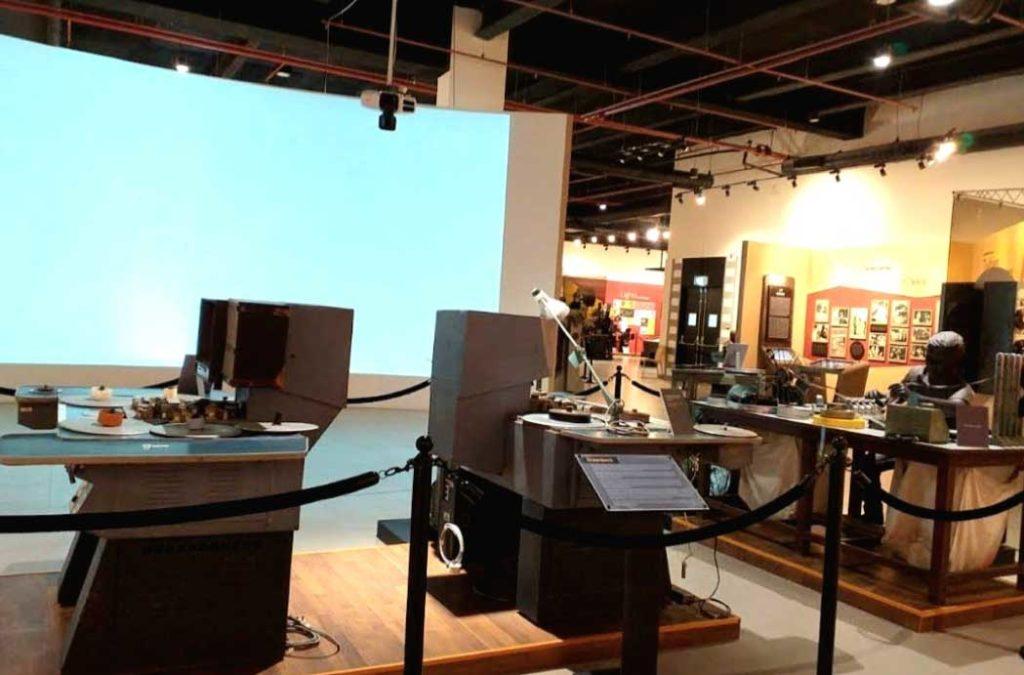
People from all over the world visit Mumbai only to discover the joy of a fast-paced lifestyle wrapped in the stories of black and white. While most people think of Mumbai as the home to top-rated actors and actresses, the National Museum of Indian Cinema provides a thrilling glimpse into the filmmaking industry. Take this chance to visit one of the stylish constructions and let the artist in you awaken as you walk through the galleries of pure art!
How to Reach the National Museum of Indian Cinema
Located on the Pedder Road, it is well connected by roadways and railways. Arrive in Mumbai and choose the transportation option that best suits your needs.
By Railway:
Grant Road Station is the nearest railway station and takes around 10 minutes to reach the museum via taxi.
By Roadways:
You can either opt for a private cab or a Kaali-Peeli taxi to reach the destination. Otherwise, various state-run buses can help you get to the location. The nearest bus stops include the Cumbala Hill Post Office and the Jaslok Hospital Bus Stop.
Top 16 Most Romantic Places in Mumbai
Where to Stay?
Mumbai is home to the best hotels and hostels located in different parts of the city. However, it is important to select the hotel that suits your travel needs, offers comfort and is flexible for the journey. hotels in Mumbai are a great choice offering free breakfast, wifi and Branded Treebo toiletries. Most of the hotels are equipped with plush amenities and helpful staff thereby elevating your journey.
However, if you are looking for a hotel near the National Museum of Indian Cinema, you can go for Treebo Trend Rosewood Mumbai Central which offers a perfect weekend getaway. Moreover, it is located close to famous eateries and other tourist attractions of Mumbai.
Frequently Asked Questions
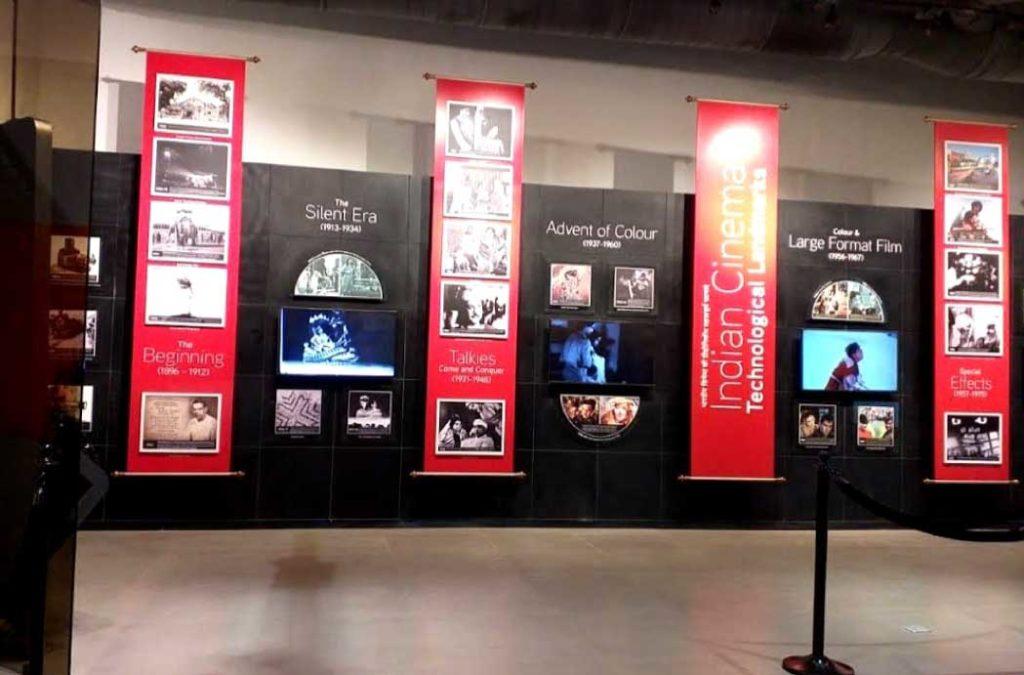
1. Does this place have a cafeteria?
As of now, this place does not have a cafeteria or an eatery.
2. Does this place have a wheelchair-accessible entrance?
Yes, the museum has a wheelchair-accessible entrance and the new building also has a lift for the best convenience.
3. Does this place have a washroom?
Yes, you can find clean washrooms in the new building.
4. Are there any extra charges for photography?
No, there are no charges for mobile photography. It should be noted that Videography is strictly prohibited here.
5. Is this a kid-friendly place?
Absolutely, kids are certain to enjoy and have the best time in the children’s gallery.

















